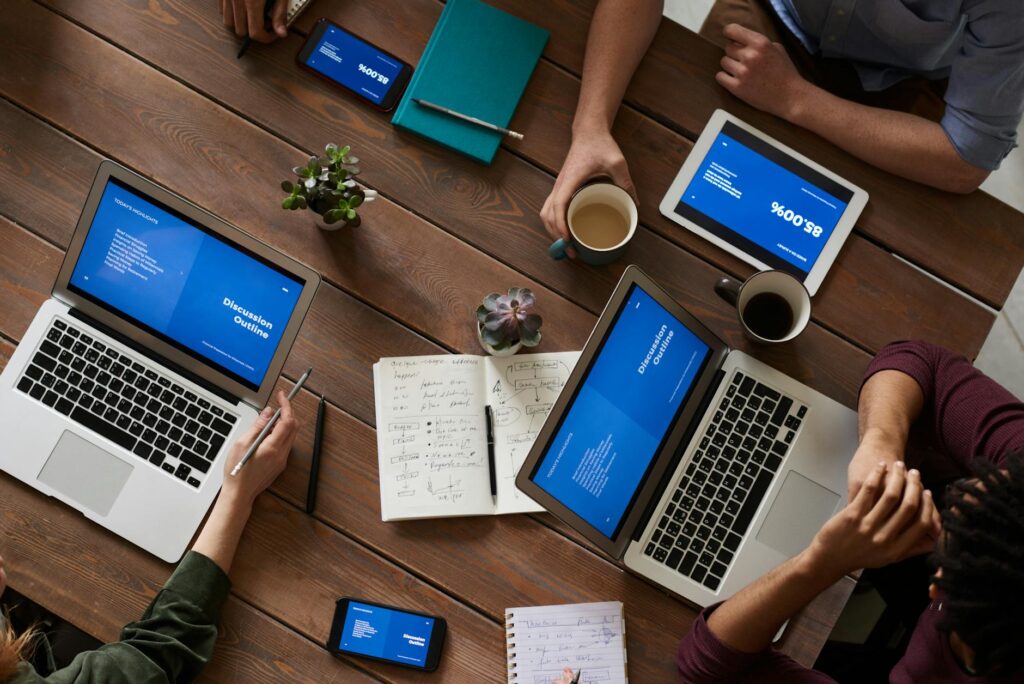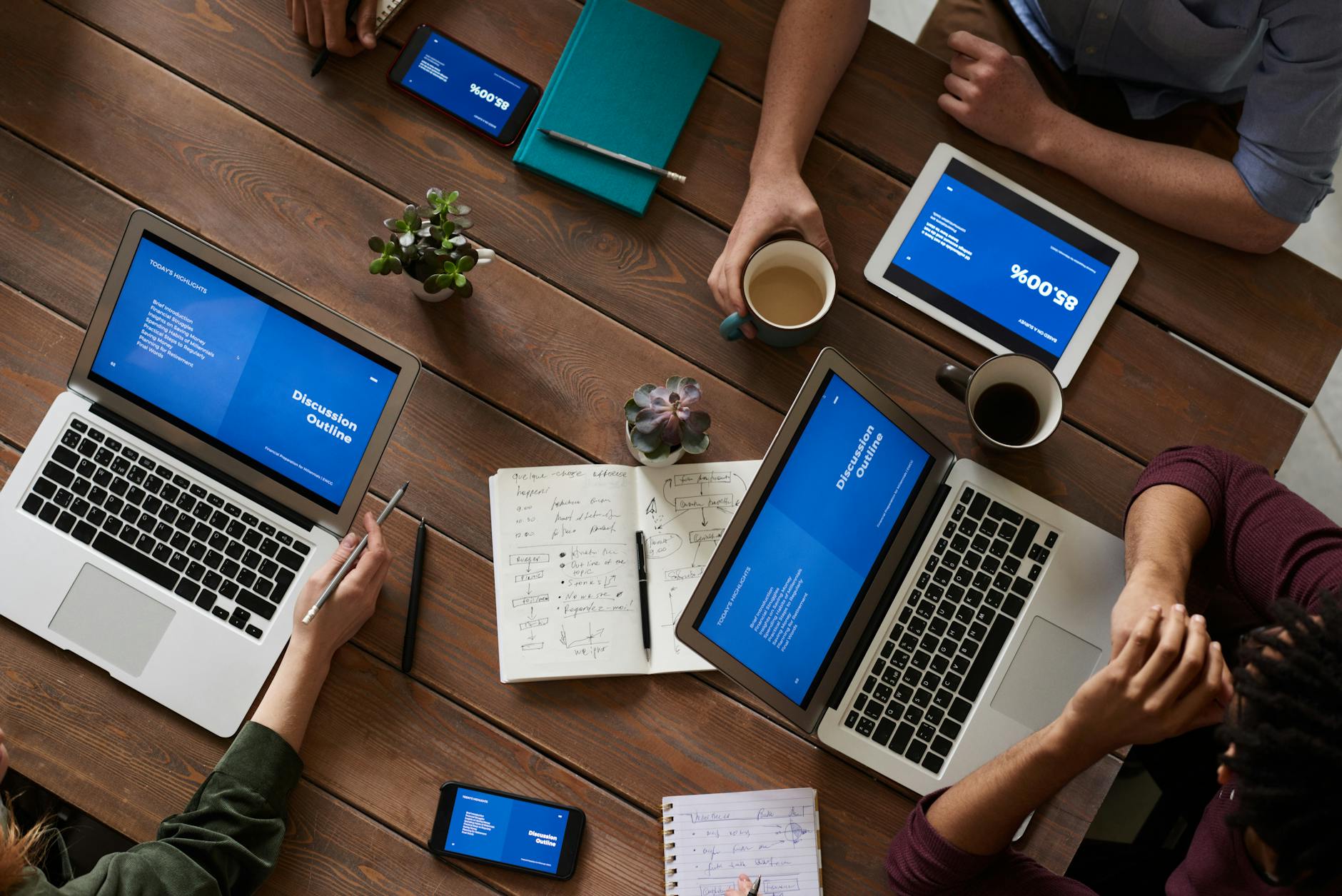What is multitasking?

What is multitasking?
In today’s fast-paced world, multitasking has become a common buzzword. We often pride ourselves on our ability to juggle multiple tasks at once, believing it boosts productivity. But what does multitasking really mean? What are its implications on our focus and productivity? Let’s unpack this concept, exploring its psychology, benefits, drawbacks, and effective strategies.
Understanding Multitasking
Multitasking is the ability to handle more than one task at the same time. It can involve switching between tasks or doing several tasks simultaneously. The term has evolved with technology, from simple household chores to managing emails while attending virtual meetings.
Historically, multitasking was not as prevalent. When technology was limited, individuals focused on one task. However, the rise of smartphones and computers has drastically changed this dynamic. Nowadays, it’s common to see people texting while watching TV or attending a conference call while checking emails.

Photo by fauxels
The Psychology of Multitasking
The brain is a fascinating organ, capable of remarkable feats. Yet, when it comes to multitasking, it faces limitations. Cognitive load—the amount of information the brain can process at once—plays a crucial role. When we try to manage multiple tasks, our brain experiences a strain, which can lead to diminished focus and effectiveness.
Studies show that multitasking can lead to decreased productivity. When we switch between tasks, our brain takes time to adjust each time, costing us precious seconds. Over time, this can accumulate, resulting in significant time loss. The concept of ‘switching costs’ highlights this phenomenon, illustrating how multitasking can be less efficient than focusing on one task at a time (American Psychological Association).
Types of Multitasking
Multitasking can be categorized primarily into two types: simultaneous multitasking and sequential multitasking.
-
Simultaneous Multitasking: This involves engaging in multiple tasks at the same time, such as talking on the phone while cooking dinner. While it may seem productive, it can often lead to mistakes, especially with complex tasks.
-
Sequential Multitasking: Here, tasks are completed one after another. For example, responding to emails before starting a report. This method tends to be more effective as it allows for deeper focus on each task.
The Benefits of Multitasking
When executed properly, multitasking can offer several advantages, particularly in our personal and professional lives.
Improved Time Management
One of the primary benefits of multitasking is the potential for better time management. By handling multiple tasks at once—like listening to a podcast while doing chores—you can maximize productivity in your daily routine. According to research from USC, performing less complex tasks simultaneously can indeed save time.
Enhanced Flexibility
Multitasking can enhance adaptability in fast-paced environments. For instance, in the workplace, being able to switch between tasks—such as responding to emails while managing ongoing projects—can be beneficial. This flexibility enables you to stay on top of your responsibilities, especially when unexpected tasks arise.
The Drawbacks of Multitasking
Despite its advantages, multitasking has significant drawbacks that often overshadow its benefits.
Impact on Quality of Work
When juggling multiple tasks, the quality of work can suffer. Studies indicate that divided attention leads to mistakes and oversight. For example, if you’re drafting a report while attending a meeting, you might miss critical details. This decline in quality can have long-term consequences, affecting project outcomes and your reputation.
Increased Stress Levels
Multitasking has also been linked to heightened stress. The constant switching between tasks can lead to feelings of anxiety. As research from Stanford suggests, multitaskers may experience more stress-related symptoms and might struggle with mental health in the long run. The pressure to perform multiple tasks simultaneously can be overwhelming.
Strategies for Effective Multitasking
If you’re looking to multitask without sacrificing quality, consider these practical strategies:
Prioritization Techniques
Effective multitasking starts with prioritization. Use tools like to-do lists or digital planners to organize tasks based on urgency and importance. Knowing which tasks need immediate attention can help you focus your energy on what truly matters.
Using Technology to Aid Multitasking
Leveraging technology can streamline your multitasking efforts. Various apps can assist in task management, such as Trello for project management or RescueTime for tracking how you spend your time. These tools can help you maintain organization and improve efficiency while juggling multiple responsibilities.
Conclusion: Finding Balance in Multitasking
In conclusion, multitasking is undeniably a part of our everyday lives. While it offers certain benefits, such as improved time management and flexibility, it also comes with significant drawbacks, including reduced quality of work and increased stress. The key lies in finding the right balance. By understanding how our brain functions under pressure and applying effective strategies, we can enhance our productivity without compromising the quality of our work. Embrace the art of multitasking, but remember: sometimes, focusing on one task at a time is just as valuable.